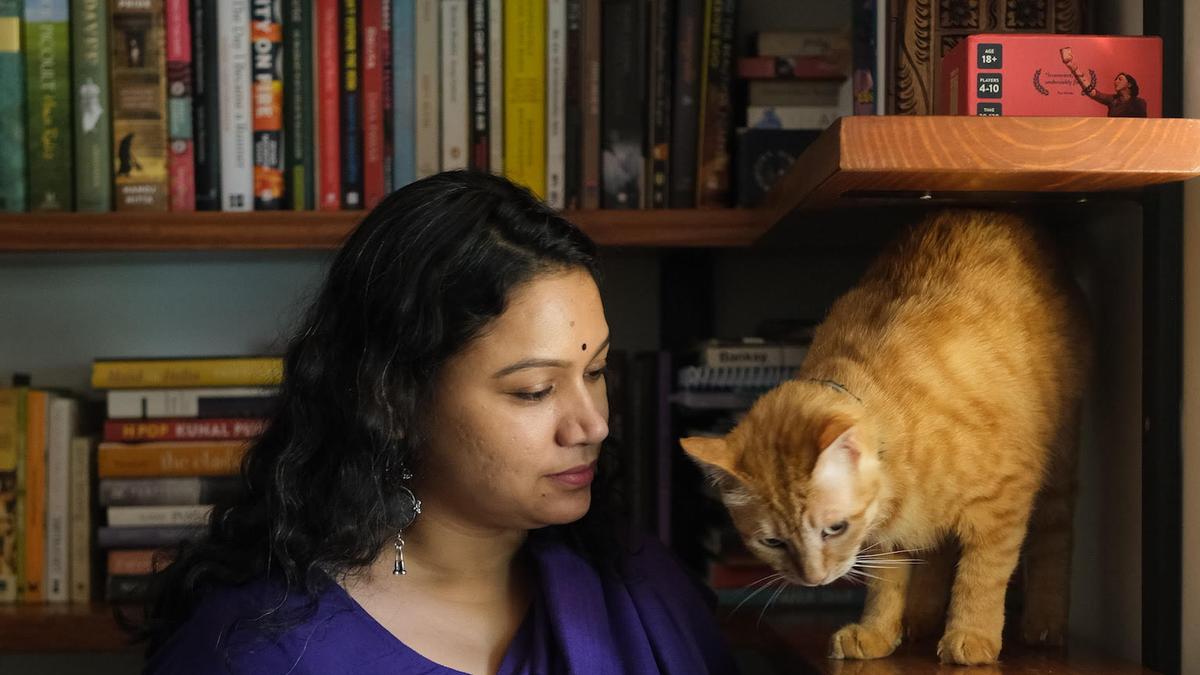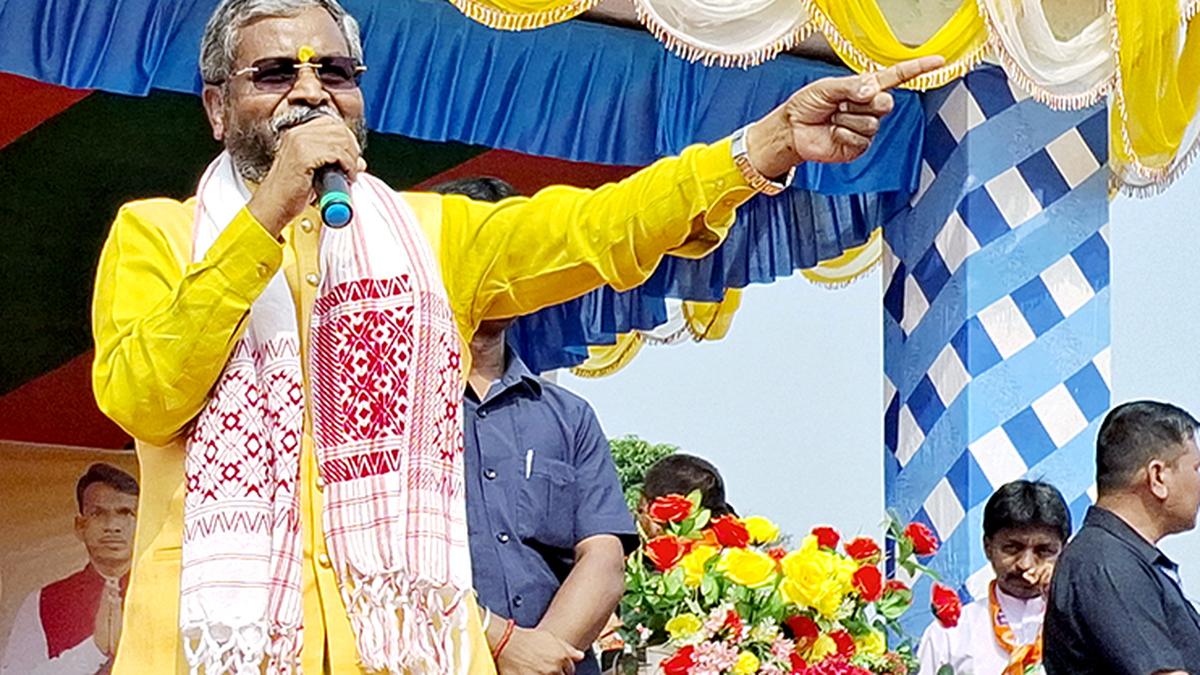Even as chants of ‘Vikshit Bharat’ (Developed India) loudly resonate among the country’s ruling party and policy-making, 80% of India’s workforce remains in the informal economy, working on exploitative wages, without any job security or protection by labour and safety laws. Yet, this overwhelming majority gets invisibilised in corporate-backed newsrooms and popular culture. When award-winning journalist Neha Dixit started tracking the lives of a few such female workers a decade ago, operating not far from her Delhi home, she was “astonished to see” that her items of everyday use were being manufactured by home-based workers who got a pittance and could be replaced if they reached their workplace a few minutes late.
In her new book, The Many Lives of Syeda X, Dixit chronicles the lives of home-based female workers while focussing on Syeda, a Muslim woman who makes everything from namkeen to photo frames to door hangings to cycle brake wires to plastic toy guns, wedding cards, rakhis and faux leather balls, even while a changing India upturns her life routinely. In an interview, Dixit says such stories “are everywhere around us, but not in the media because the media has structurally stopped talking about the urban poor in the country.”
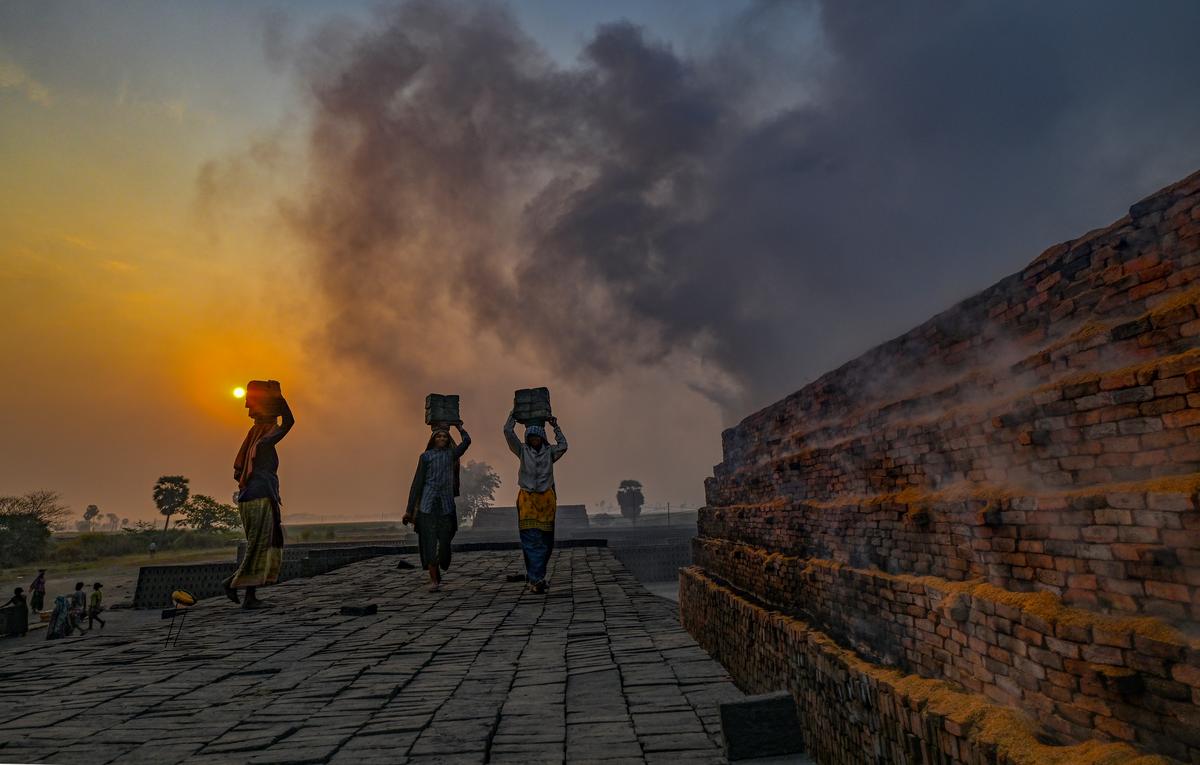
Women begin work at sunrise at a brick kiln near Visakhapatnam. | Photo Credit: K.R. Deepak
Your book addresses a vacuum about our understanding of the urban poor. In capturing such rich, quotidian details about the life of Syeda, were you responding to the deliberate marginalisation of the urban poor?
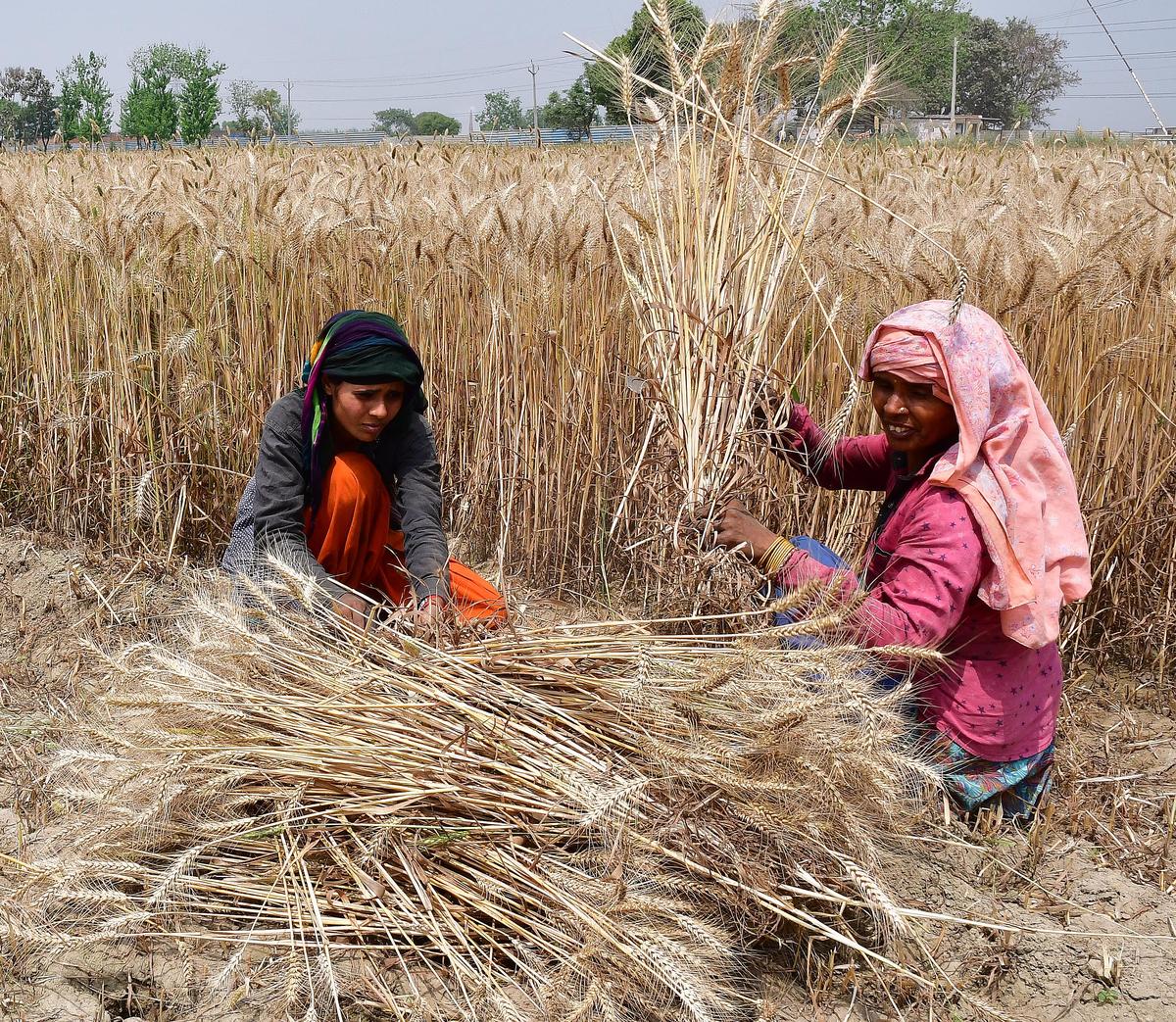
Women harvesting wheat on the outskirts of Ghaziabad, in Uttar Pradesh. | Photo Credit: Kamal Narang
I used to work for a television news channel and after a big corporate group bought a stake in it, we were told that henceforth, our target audience was going to be the urban rich, precisely, a 35-year-old male techie in Bengaluru. Instead of reporting on farmer suicides and clinical trials, we were told to investigate who were the kids racing fast cars in south Delhi. A few months later, I quit my job. Soon after, the media started reporting on sexual violence a lot. But the reporting around it was never about what happens before and after the event. It was never about the processes of communalism, sectarianism and casteism that could have shaped the violence. It was just about the act of violence. I wanted to tell the full story and hence, I started going to working class areas in Delhi, especially where multinational companies had sub-contracted the manufacturing of products to home-based workers like Syeda.
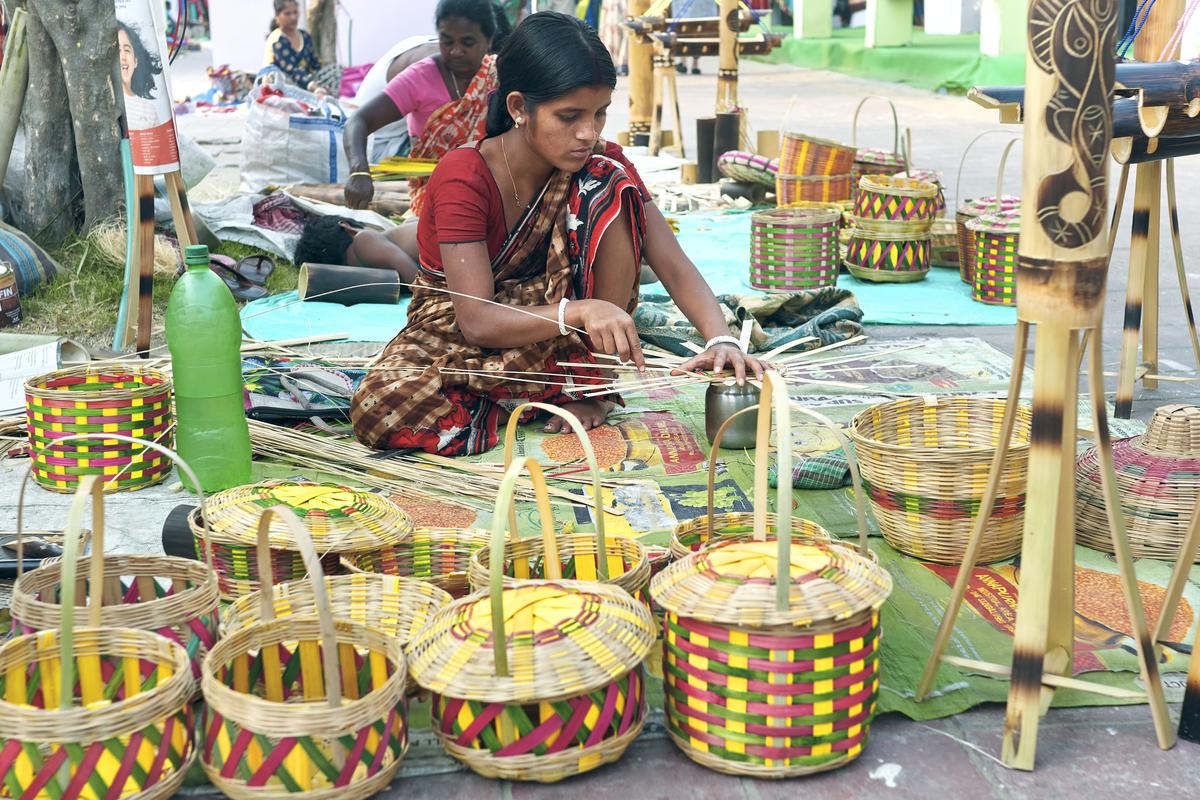
An artisan from a rural community making bamboo baskets. | Photo Credit: Getty Images/istock
What astonished you most about this world?
Everything that I was using in my life, be it stationery, or utensils or helmets or tea strainers, was actually made by these people, home-based workers. I was so unaware, because we buy products based on the brand name but what we don’t realise are the abysmal conditions in which these products are made and how poorly the workers are paid. I saw how even bags distributed by the government under the Sarva Shiksha Abhiyan (the Centre’s flagship education scheme), were being made by these home-based workers, in similar conditions. This kind of invisibilisation of people, who keep everything running, was astonishing to me.
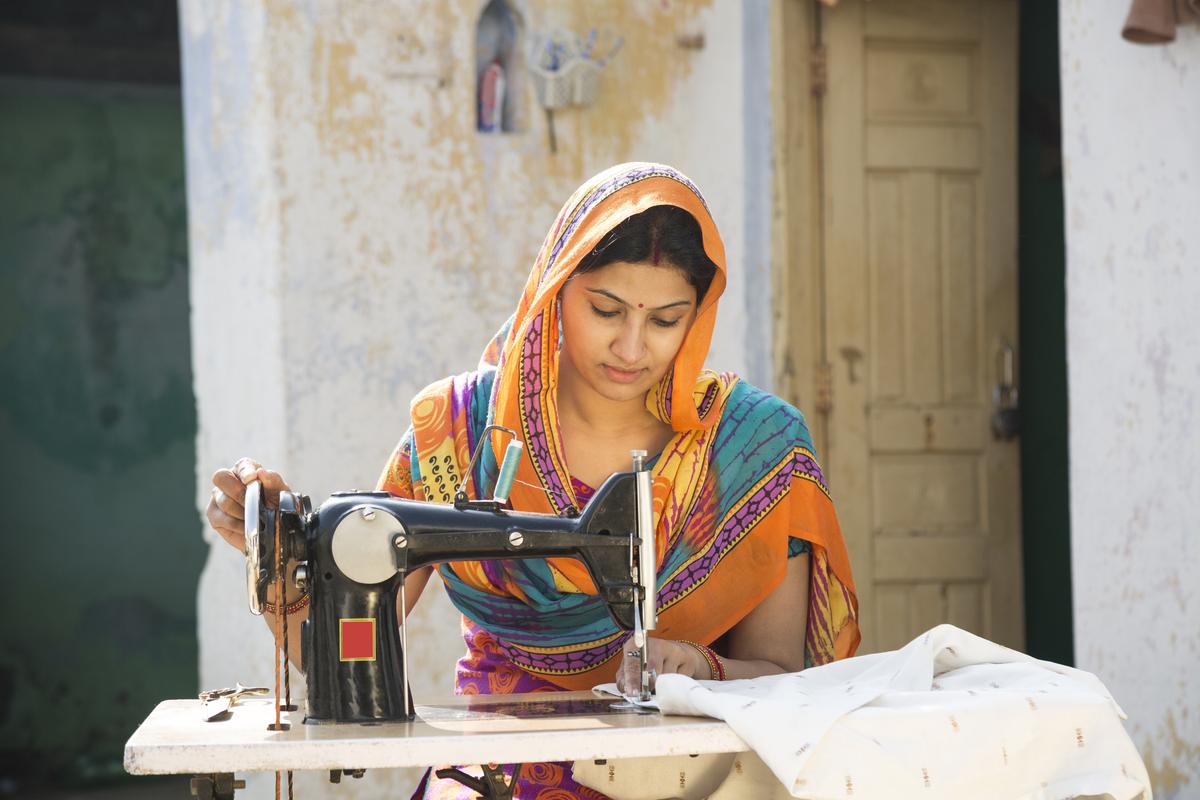
Apart from the urban poor, we are also seeing this deliberate invisibilisation of Muslims and the Muslim identity in the pop culture around us as well as in public life. Was it a conscious decision to focus on chronicling three decades of a Muslim protagonist?
When I started researching the book, there were two-three women I was looking at, from various communities. Slowly, I realised that a lot of things that Syeda was sharing were things we were dealing with in contemporary India. When I started writing the book, I realised that her life mirrored modern India. Once, in passing, she mentioned that she used to even make incense sticks out of cow urine. For her, it wasn’t an important detail, but when I placed it in the contemporary times, I realised this was when there was a lot of politics around it. And because so many people had been killed around that (cow) politics, it became important.
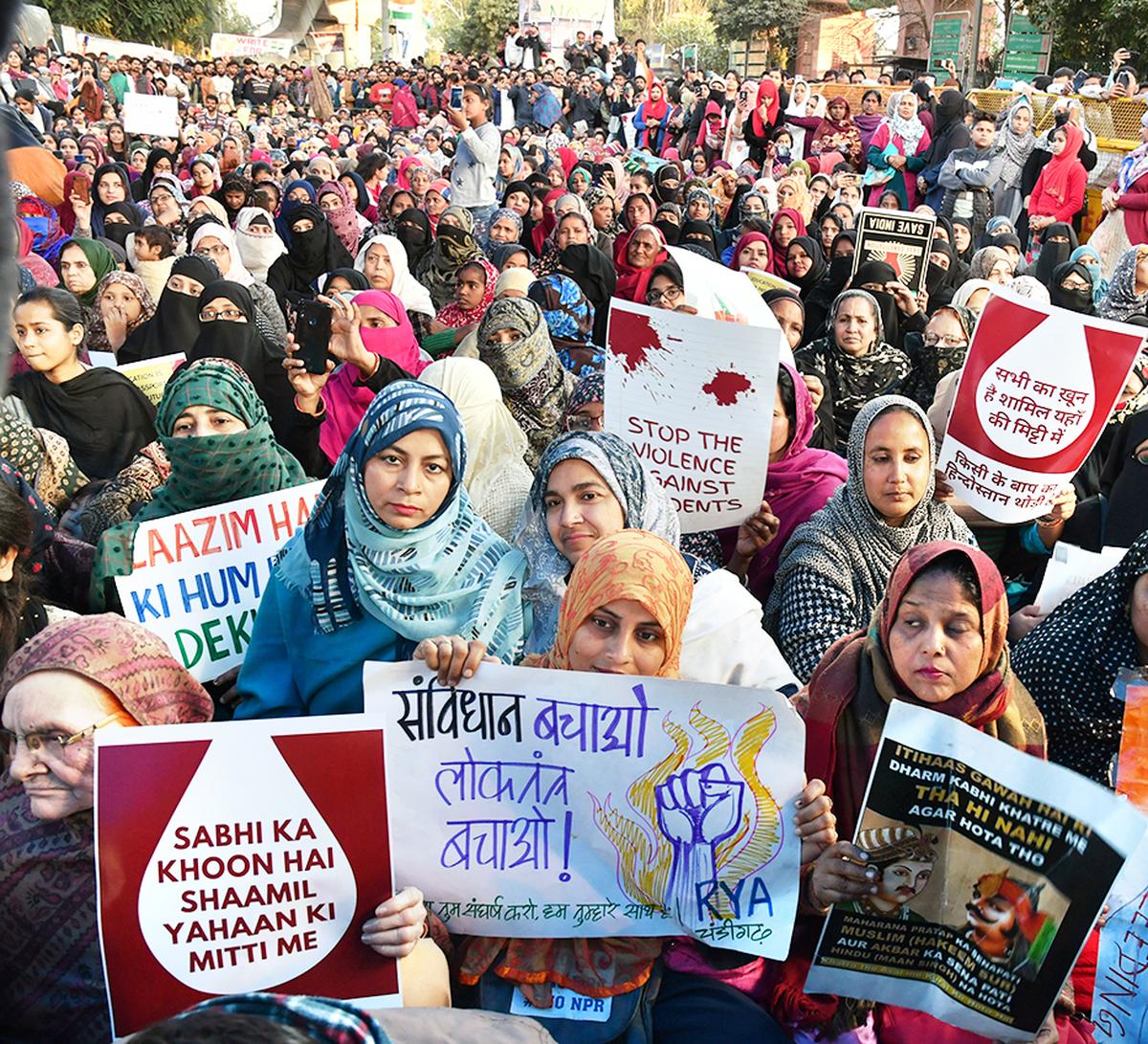
Muslim women protest against CAA and NRC at Jamia Millia Islamia in New Delhi. | Photo Credit: Sushil Kumar Verma
You compellingly show how Supreme Court orders which ask ‘polluting’ agents to shut and relocate extract a high human cost. How are migrants affected?
Syeda and many other migrants in Delhi have been displaced a number of times because of the Supreme Court’s rulings on pollution. The conversation on pollution never revolves around workers who work in basements of factories without any ventilation and light. When you order industries to move out, what happens to the people who are employed in that informal economy? There is no thought for those people, especially when we have such a huge unorganised sector. In urban poor areas where Syeda still lives, the state has not provided infrastructure or made a systemic change to help them escape pollution. The urban poor bears the brunt.
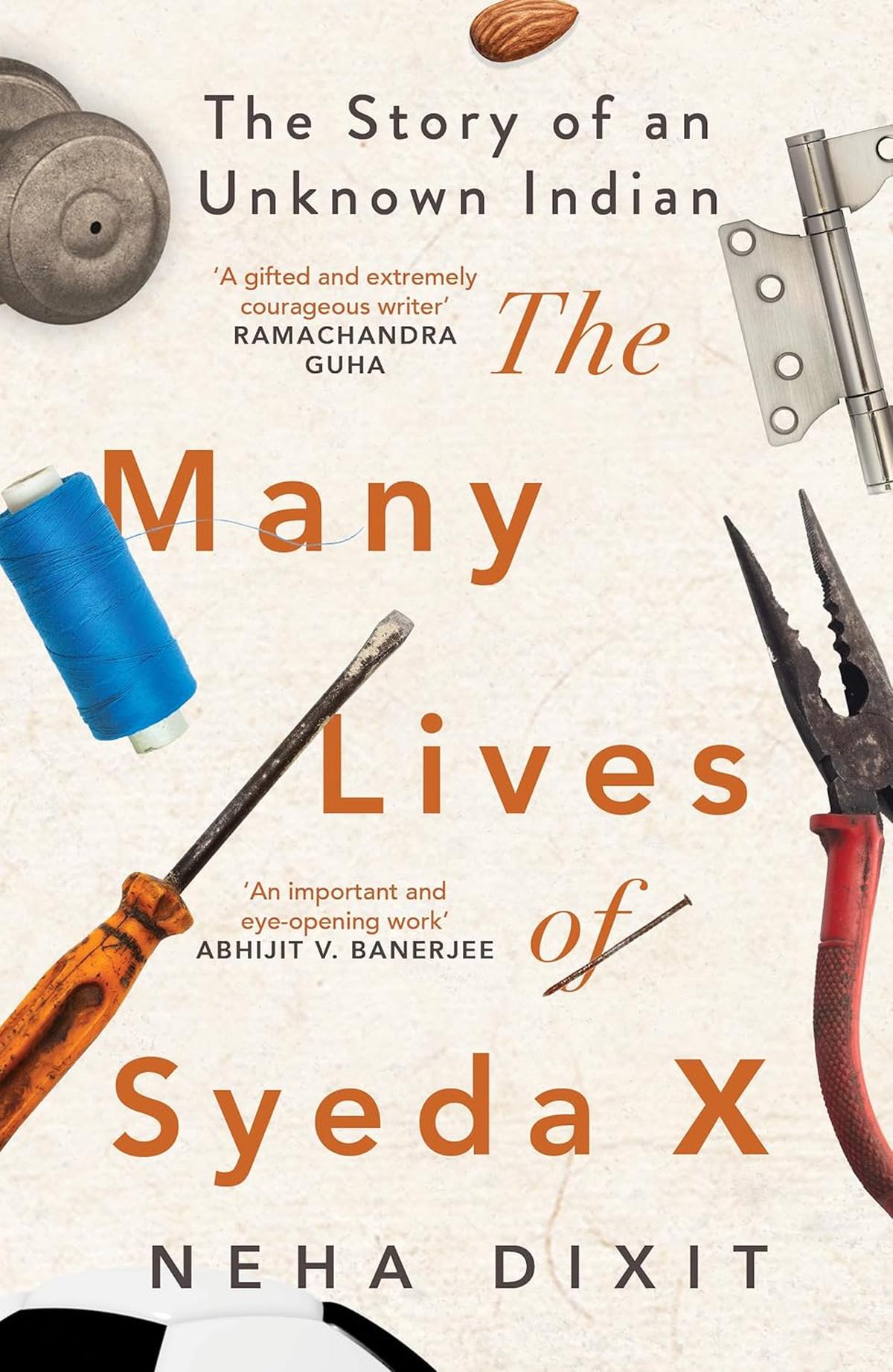
There are strong references to rising communalism, and how the migrant influx is often communalised. Has that changed over time?
In Syeda’s life, communal discrimination started early, but what has changed is now it is sanctioned by the state. From the kinds of policies and statements being made, communalisation has increased in the last decade. The moment there is state-backing, it affects the most marginalised person in the socio-economic ladder. It has definitely made Syeda’s life even more difficult.
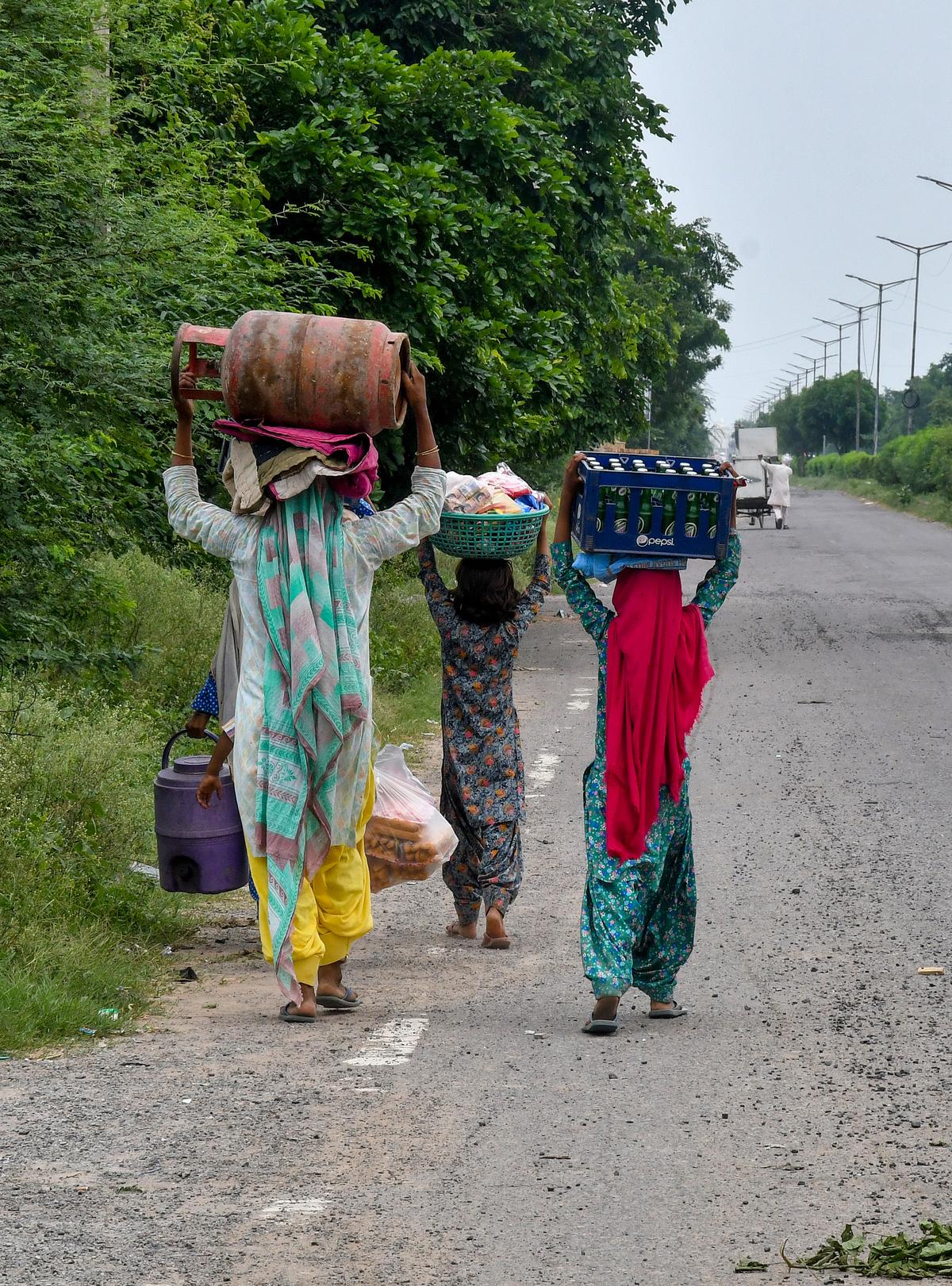
An immigrant family | Photo Credit: Sushil Kumar Verma
Your book also powerfully debunks our flawed understanding of what ‘skilled’ and ‘unskilled’ work is. Syeda, who makes everything from cycle brake wires to namkeen to soft toys to wedding cards to tea strainers, would still not be counted as a skilled worker, would she?
In today’s world, when everything is turning into a gig economy, how do you even define what is skilled and unskilled? The world is changing, the market is changing, and at a time when the government really does not care about labour rights, none of those technicalities and definitions hold. The problem is there has been no effort and no will on the part of the state to relook at how these definitions need to change.
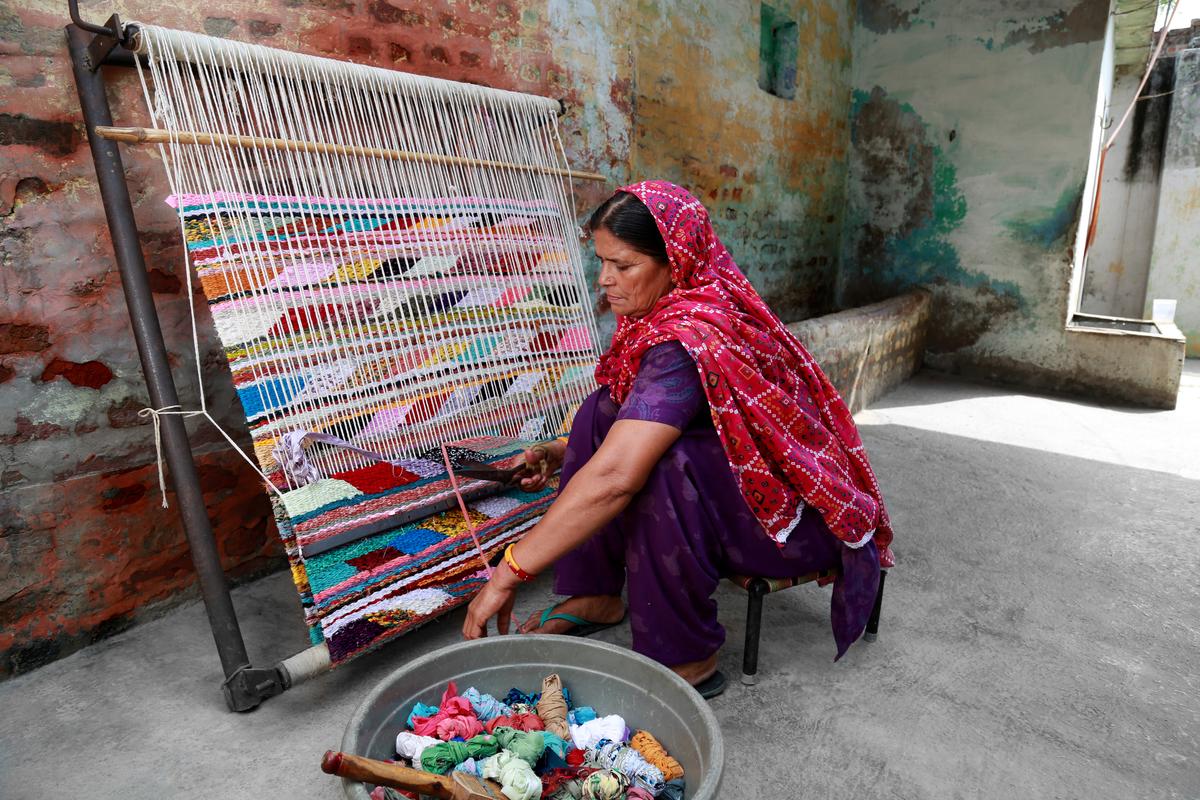
A dhurrie-maker | Photo Credit: Getty Images/istock
When you don’t acknowledge these workers, how do you start applying labour and worker rights? For instance, laws around sexual violence at the workplace: how do you apply that to a worker in the gig economy? We haven’t thought about it. For years, we didn’t even acknowledge the existence of home-based workers.
The Many Lives of Syeda X: The Story of an Unknown Indian
Neha Dixit
Juggernaut
₹799
The Mumbai-based independent journalist is author of ‘H-Pop: The Secretive World of Hindutva Pop Stars’.
Published – August 09, 2024 09:00 am IST

